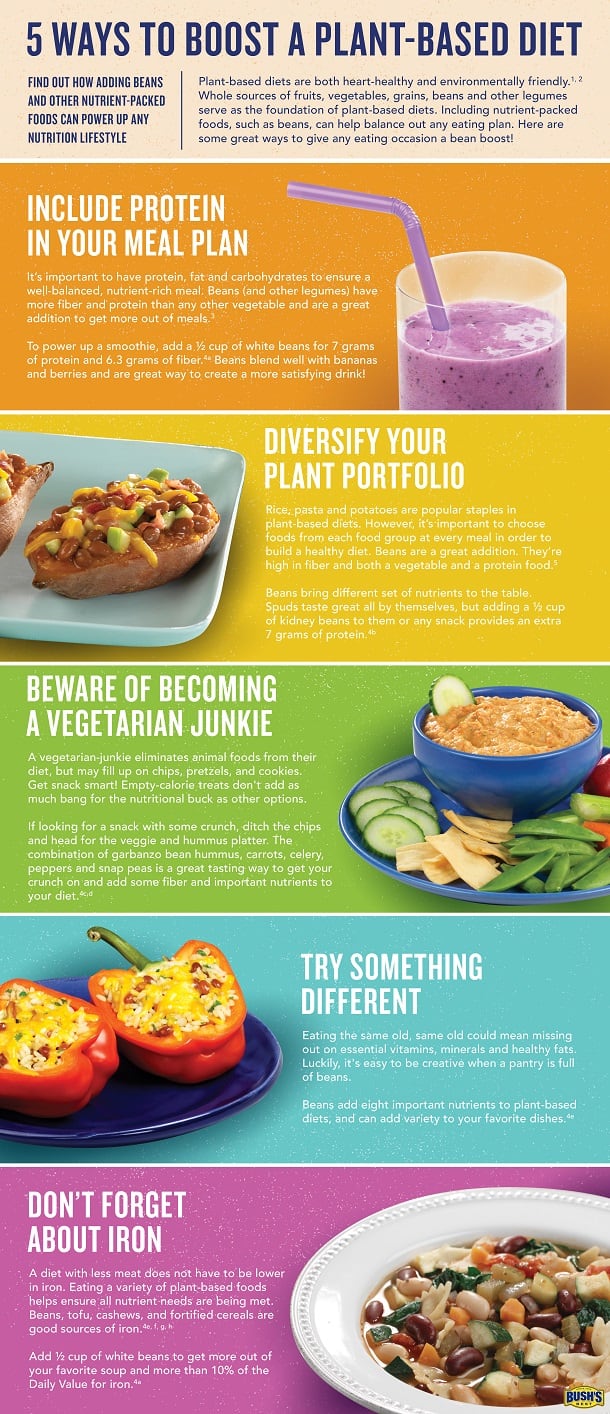The influential report lays out recommendations for Americans to improve their health and diet, but they are presented online in a way that requires viewers to click through myriad screens, drop down boxes and hyperlinks – which can be confusing and off-putting.
Navigation aside, the departments of the Health and Human Services and Agriculture acknowledge in the guidelines that the report is not intended for the average American consumer, but rather was created for “policymakers and nutrition and health professionals,” as well as “additional audiences who may use the Dietary Guidelines information to develop programs, policies and communications for the general public.”
This is a shift away from the original intention of the legislation that first authorized the guidelines’ creation, and it is underscores one of the report’s biggest challenges, which is “there is no national implementation path,” says Bill Layden, head of FoodMinds and former director of nutrition promotion at USDA’s Center for Nutrition Policy and Promotion, where he oversaw the fourth edition of the DGA.
“This is a great call to action,” and a “clear opportunity for food and beverage manufacturers to be part of the solution to achieve these healthy dietary patterns” outlined in the guidelines, he said.
The guidelines emphasize healthy eating patterns to create an overall nutritious, healthy and flexible way of eating. It specifically outlines three example diets – a healthy US diet, the Mediterranean diet and a vegetarian diet. But it does not provide significant details about how Americans can meet the patterns.
“We need to really help support how people can choose foods that are appropriate for them” and fit these patterns, he said. This creates “tremendous opportunity” for food and beverage manufacturers and industry trade groups to help interpret the guidelines.
For example, he suggests manufacturers consider providing “meals in a bag” that pair different ingredients or products to create a complete solution that complies with the guidelines. They also can tweak their portfolios to provide a complete line-up of products that meet the patterns’ requirements, or offer meal plans and recipes, he said. He also noted there is white space to create apps to help consumers navigate the guidelines and patterns.
Oldways, a trade group focused on health through heritage and the umbrella for the Whole Grains Council, the Dannon Company and BUSH’s Beans already are seizing these opportunities.
Oldways Cart
The same day the dietary guidelines were released, Oldways introduced the Oldways Cart – a shopping list and meal plan for a week’s worth of groceries for two adults. The cart and meal plan “translate dietary guidelines into easy action” by showing how a “cart full of foods can be mixed and matched to make up a healthy diet, in line with” the dietary guidelines, the group said in a statement.
“Oldways believes that the best dietary advice should be practical, emphasizing quality over quantity,” it added.
Incorporating yogurt
The Dannon Company also was quick to point out in a statement how yogurt fits in the dietary patterns and can help consumers meet many guidelines, including

increasing consumption of non- or low-fat dairy, providing a vegetarian source of protein and filling requirements for nutrients of concern, such as calcium, potassium and vitamin D.
Dannon also issued an infographic showing how yogurt can encourage consumption of fruit, vegetables and whole grains, as suggested in the guidelines.
BUSH’s pushes plant-based protein angle

BUSH’s Beans also hopped on the guidelines’ recommendations to eat more plant-based protein, such as beans.
It created an infographic that touts the heart-healthy and environmentally friendly aspects of plant-based diets, which the dietary guidelines advisory committee emphasized but which the final guidelines did not.
The graphic shows consumers how to use beans in smoothies to boost protein and fiber, how they can add nutrients to a variety of meals and how they can help Americans reach the daily requirements for iron.
